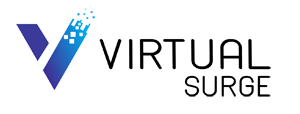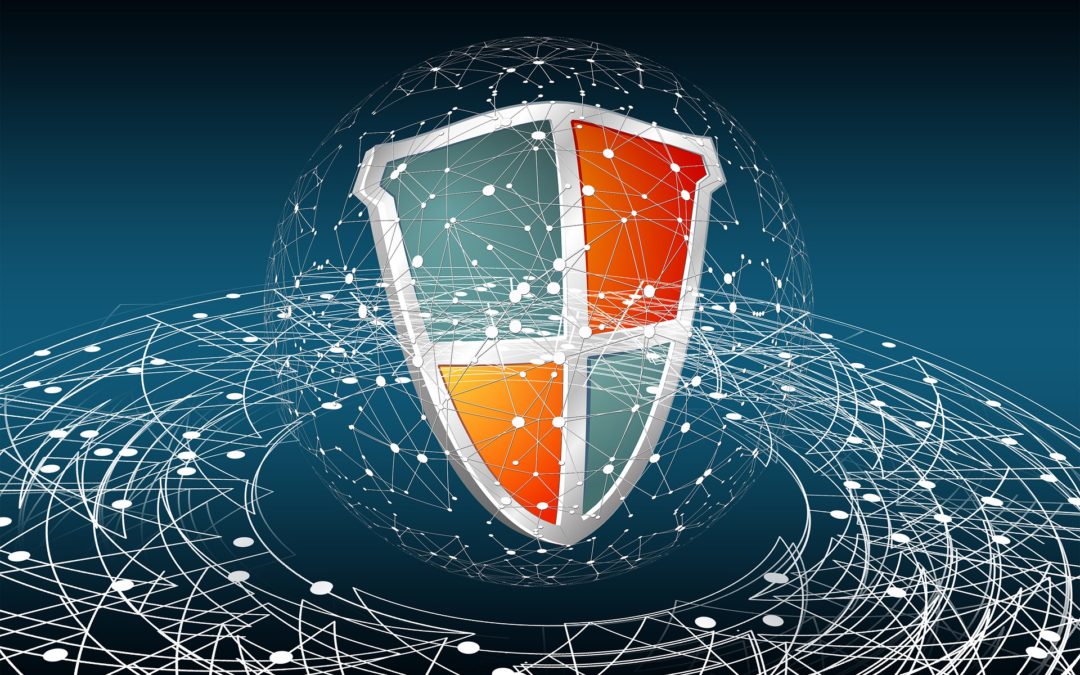Protect Your Website From Hackers
Keeping your website safe needs to be one of your priorities. There is nothing scarier than seeing all of your hard work completely changed or deleted by hackers. But, what can you do to protect your site?
There are plenty of steps that you can take to prevent hacks. They can happen to anyone- big and small businesses are both at risk! That’s why it is so important to put additional protections in place. If you want to learn more, be sure to keep reading. Everything you need to know is in this article!
Set Up Auto Backup
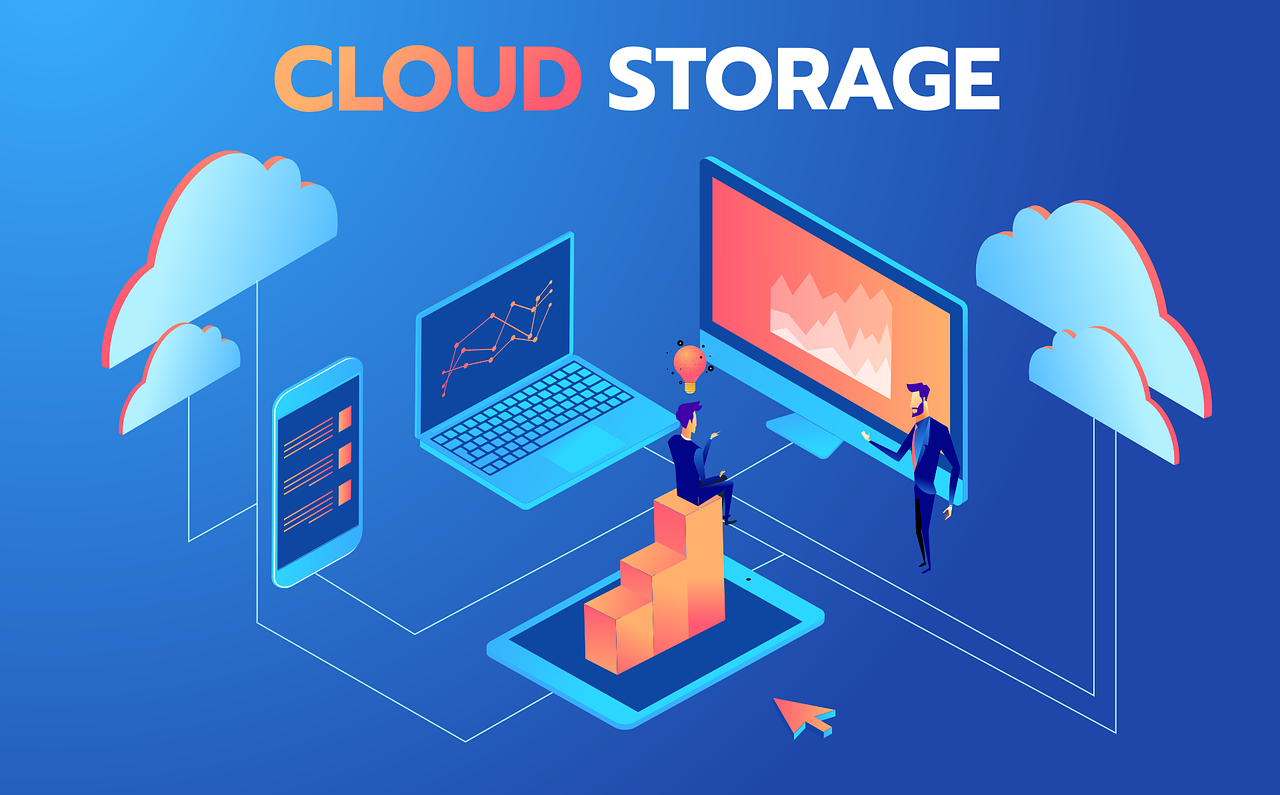
There is always some risk of hackers breaking into your site, so you should always have auto-backup enabled on your website. If you are hacked, you want to be sure that you can restore all of your hard work easily.
A data breach is going to cause many problems no matter what. However, you don’t want to lose several years’ worth of work on top of that! Simply enabling your auto backups will allow you to restore the most recent versions of your site if something were to go wrong.
You can always make frequent manual backups, but auto backups are more convenient since they happen in the background. Doing so will help you feel more at ease about the status of your website.
Enhance Security Plugins
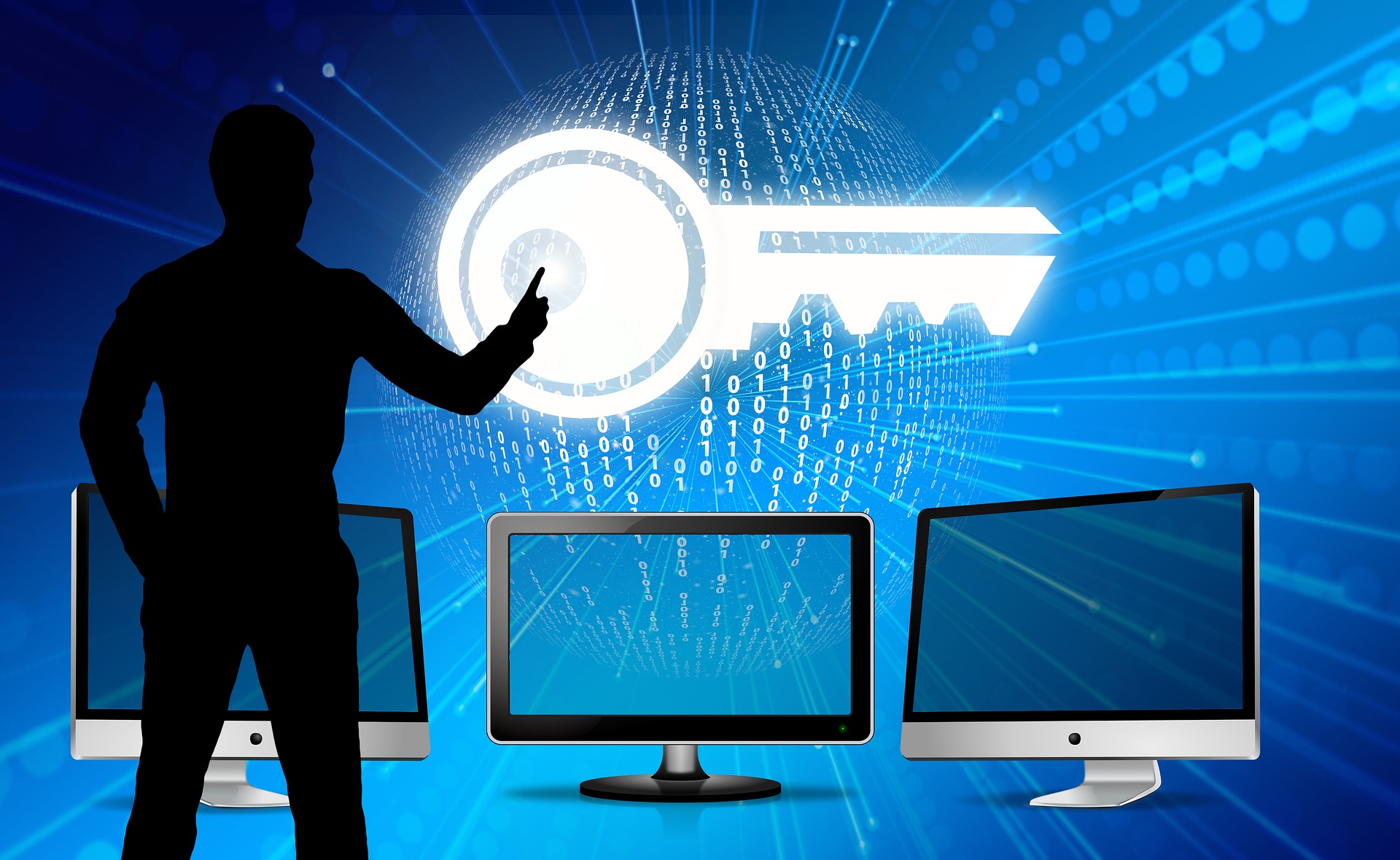
If you created your website through a content management system or portal, you can add more security through plugins. Plugins can prevent different types of hacks and make your website a much safer place. For example, if you use WordPress, you can add Wordfence or Bulletproof Security.
No matter what you use, you need to add security plugins. Not having any enabled on your site is just asking for trouble. You may want to do some research and see what options your CMS site has available. Some options are better than others, but it all depends on the platform that you are using.
Update Your Software

If you constantly update your software, hackers are less likely to break through to your site. That means keeping your CMS and plugins updated. You want to either set them to auto-update or check as often as possible for improvements to the software.
Update Passwords
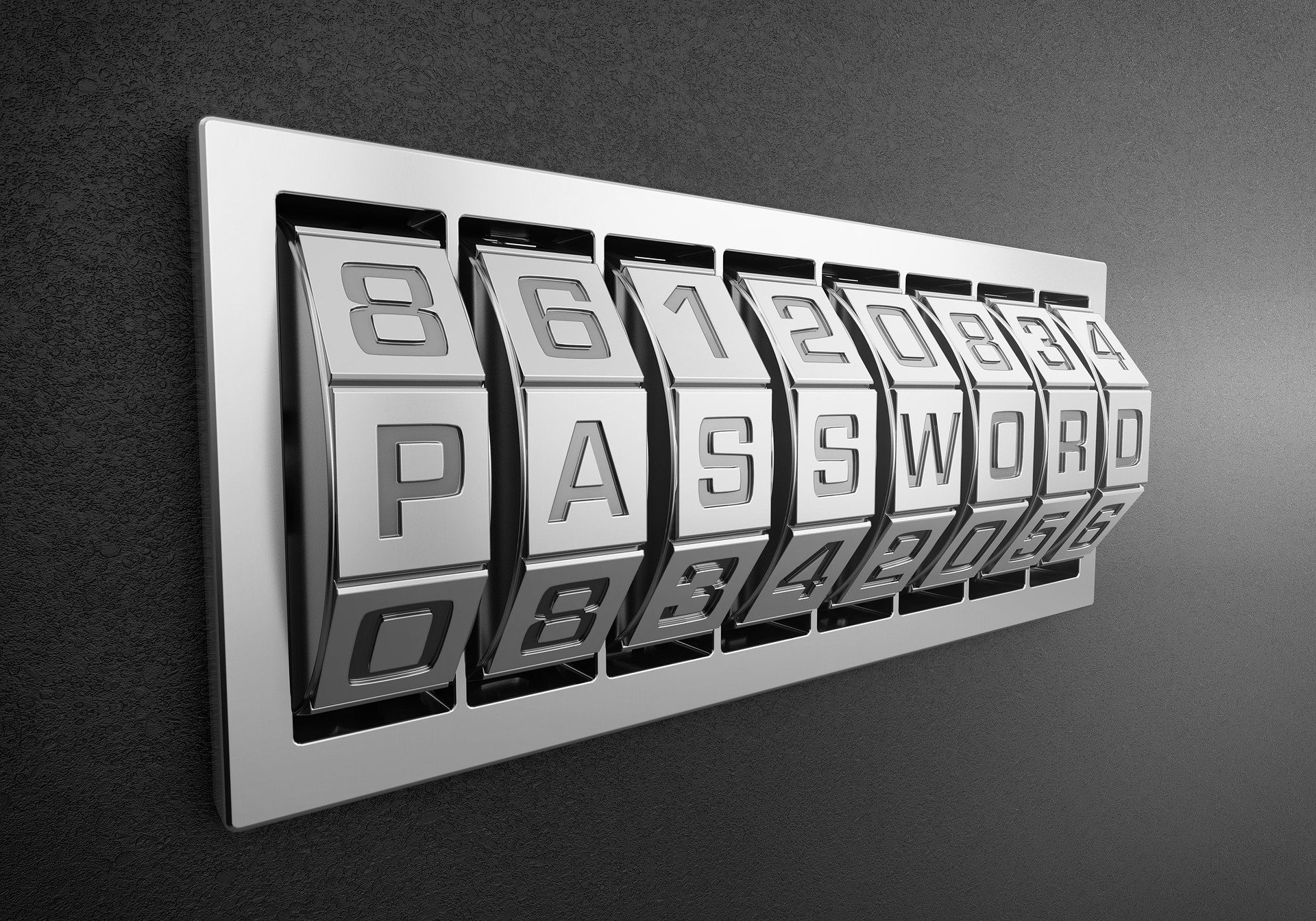
While you are at it, make sure that you are updating your passwords. When one is leaked, it can cause a disaster for your website. Hackers can guess old passwords- giving them unrestricted access to your site.
Always choose a secure password. You don’t want to go for something that is too easy to remember. Never use passwords that include your personal information either, including your name, birthday, or other personal facts.
You should update all of your passwords at least every few months. Make sure you never use the same password twice and add plenty of variations between them.
Only Use HTTPS
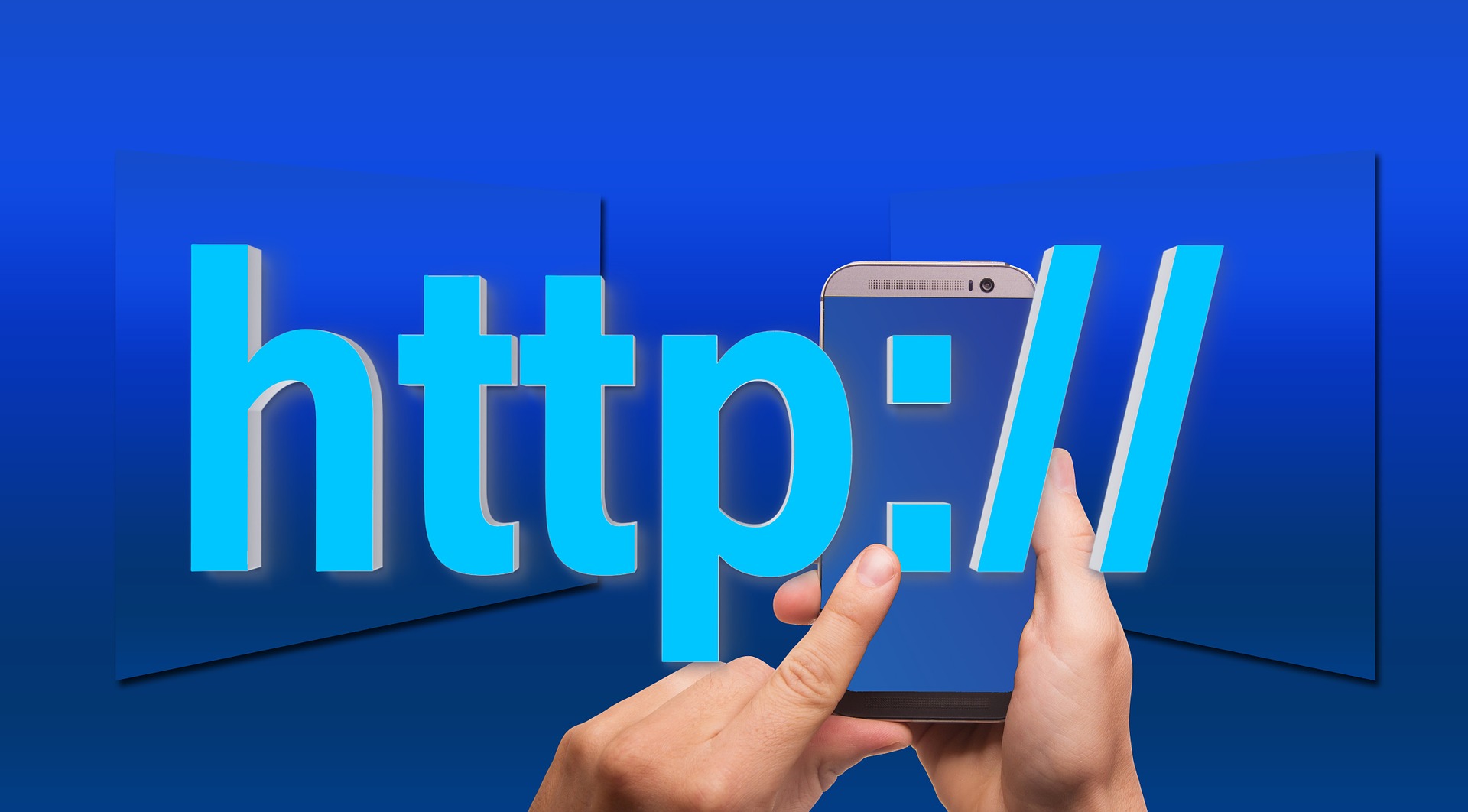
You should only access sites that have a lock icon next to the website name. These sites are more secure and are known as HTTPS sites. They provide more protection from hackers, especially where your financial data is concerned. If you don’t have HTTPS, then customers may even be deterred from using your website.
You get the lock icon through a SSL certificate. You will have much better Search Engine Optimization results for your page when you have this feature. Plus, potential customers will feel more comfortable with your site.
Don’t Allow All Uploads

Next, make sure that not everyone can add files to your website. This could cause people to leave malicious content, instead of needed files. Instead, create a whitelist of the file extensions you know are safe. This simple feature keeps out suspicious and dangerous content.
Once you have that set, make sure that you add a maximum file size. That way, hackers can’t upload extremely large documents that cause your website to crash unexpectedly. Finally, make sure you have systems in place to scan for malware. Never open a downloaded file if you don’t have a reliable antivirus!
Use Short Error Messages
Most people don’t realize that detailed error messages can do more harm than good. They may give hackers the information they need to break through weak sections of your site. Instead, don’t reveal much in your error message.
There needs to be a fine balance when creating these messages. You want your visitors to know what went wrong, without telling them how to hack your site!
Protect Yourself
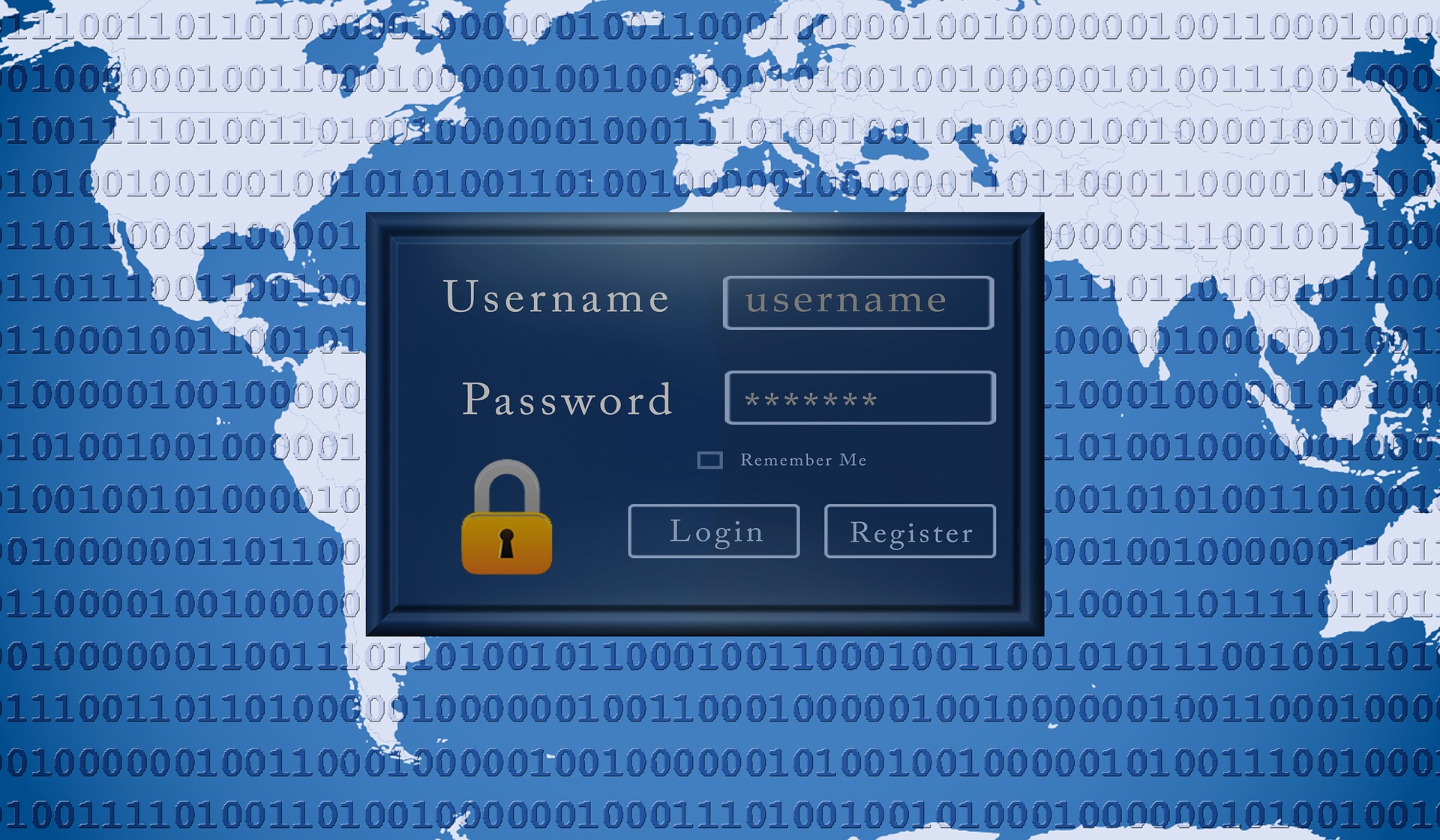
Keeping all of your software updated is going to help you protect your site. Be sure to reach out if you have questions or need some help in completing these tasks!
This article was originally posted on Virtual Surge.
